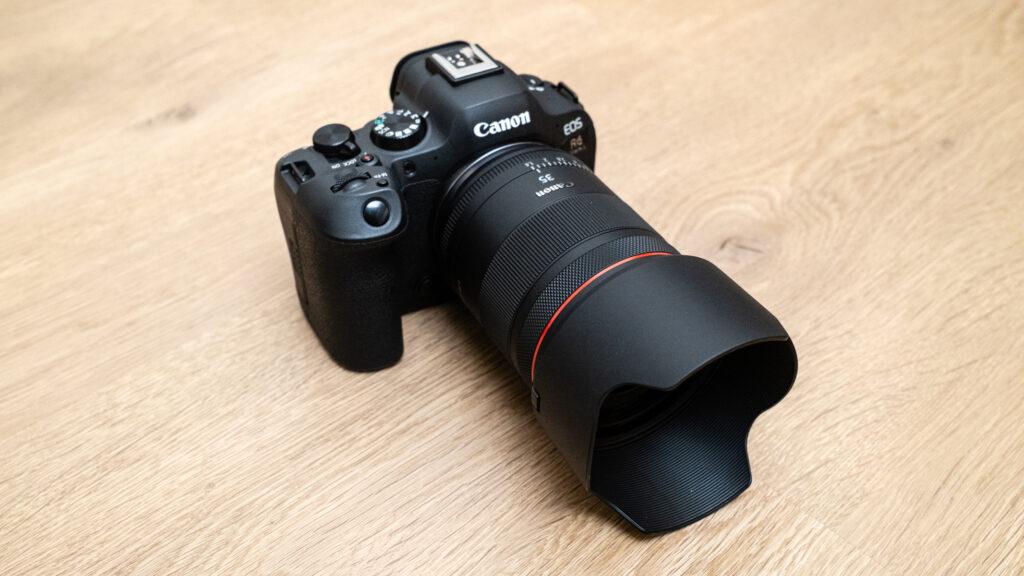The James Webb Space Telescope was a decade late and $10 billion over budget, but it has finally launched.
Now that the telescope is in space, what’s next for astrophysics done from beyond Earth’s surface? Here are five future missions to get excited about.
Related: How the James Webb Space Telescope works in pictures
Nancy Grace Roman Telescope
This telescope — named after Nancy Grace Roman, NASA’s first chief astronomer — was originally called the Wide-Field Infrared Space Telescope, or WFIRST. Its main purpose is to map large swaths of the universe to study dark energy.
(The original name is also a clever play on words: In the mathematical equations that cosmologists use to describe dark energy, its equation of state, or relationship between pressure and density, is represented by “w.” Because the point of the mission is to study dark energy, “w” comes first — hence the name WFIRST.)
Expected to launch in 2027, the telescope will survey millions of galaxies, building a map of our cosmological neighborhood. Astronomers hope to use the distribution of galaxies to tease out the evolution of dark energy. As a bonus, the instrument will also use gravitational microlensing — tiny changes in background starlight — to discover potentially millions of exoplanets.

LUVOIR
The James Webb Space Telescope is like a souped-up version of the Hubble Space Telescope. It’s so big that it can’t even fit into a single rocket fairing without a really complicated, origami-like folding of its mirror segments.
The Large Ultraviolet/Optical/Infrared Surveyor (LUVOIR) is even bigger, with a mirror diameter of about 50 feet (over 15 meters). Astronomers hope this general-purpose telescope could achieve a variety of astronomical science objectives, such as observe the cloud tops of Jupiter with a 15-mile (25 kilometers) resolution and hunt for biosignatures in the atmospheres other planets.
LUVOIR is only in the design phase and is competing with other observatories for priority funding. But if it goes through, the mega space telescope will launch sometime in the 2030s.
HabEx
Finding habitable planets is a pretty hot topic in astronomy. The discovery of an Earth 2.0 would be a gold mine, helping us understand how common life is in the universe, and maybe even heralding a discovery that we’re not alone. To do that, astronomers search for near copies of Earth — planets with similar masses and compositions to our home world orbiting sunlike stars at just the right distance to allow for liquid water.
But finding the planet is only the beginning; we need to study its atmosphere, looking for biosignatures, which are chemical byproducts of life. An abundance of oxygen, for example, might be a sign that photosynthesis is active on that world, and a lot of methane might show us that there are bacteria-like organisms there.
The Habitable Exoplanet Imaging Mission (HabEx) hopes to do just that. Although it, too, is competing for funding, proponents hope to launch HabEx in 2035. What makes HabEx shine is its star shade, a massive flying disc that would block the light of individual stars, allowing the telescope to directly image exoplanets.
LISA
The Laser Interferometer Space Antenna (LISA) is a space-based gravitational wave observatory. Led by the European Space Agency, it will target gravitational wave sources that ground-based detectors can’t, like colliding supermassive black holes and the mergers of compact objects within our own galaxy. LISA is a formation of three satellites, all orbiting the sun together while maintaining a separation of about 1.5 miles (2.5 million km).
By continually bouncing lasers between them, the satellites can measure any slight changes to their distance, especially if gravitational waves come washing through. The observatory is targeted for launch in 2034.
DARE
There was a time before stars. The first few hundred million years after the Big Bang were appropriately named the “Dark Ages.” This era has not been observed with any telescope … because, well, it was dark.
But floating through that darkness were tendrils of neutral hydrogen. Neutral hydrogen gives off a very particular sort of radiation, emitting light at precisely 2.1 centimeters (0.83 inch). That radiation has sailed through the universe over all these eons and today, 13 billion years later, has redshifted to have a wavelength of around 2 meters (6.6 feet).
That’s in the radio spectrum, which means any attempts to detect this sort of radiation are overwhelmed by our terrestrial radio chatter. So that’s where the Dark Ages Radio Explorer (DARE) comes in.
DARE is currently in the design phase, and proponents hope to launch it sometime in the next few years. It’s a relatively simple observatory, basically a car antenna in space, but its location will be unique: It will orbit the moon. The far side of the moon is the only known place in the inner solar system known to be free of human-generated radio interference. It’s the quietest place nearby, and the best place to hunt for the cosmic Dark Ages.
Learn more by listening to the “Ask A Spaceman” podcast, available on iTunes and askaspaceman.com. Ask your own question on Twitter using #AskASpaceman or by following Paul @PaulMattSutter and facebook.com/PaulMattSutter. Follow us on Twitter @Spacedotcom and on Facebook.


